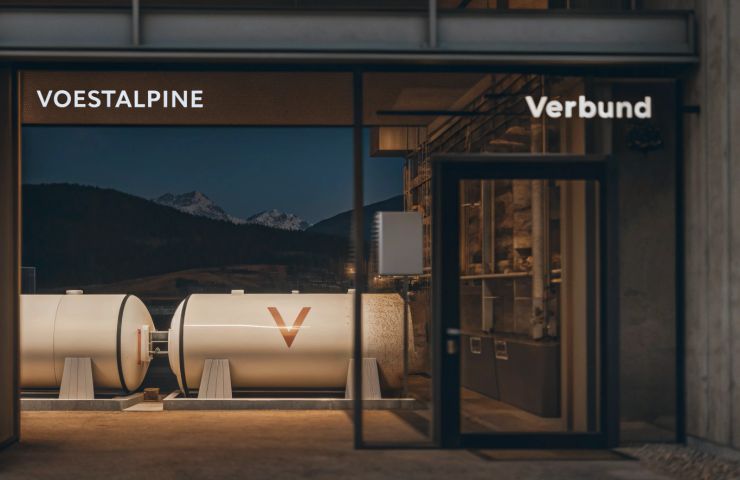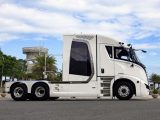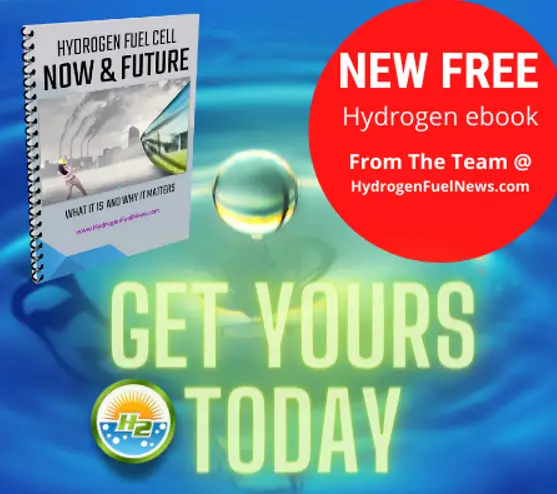
Voestalpine and VERBUND Supercharge Green Hydrogen Storage in Linz – A Step Toward Industrial Decarbonization
July 9, 2025Voestalpine AG and VERBUND AG are doubling down on industrial decarbonization with a bold €16.4 million investment to expand the H2FUTURE green hydrogen pilot plant in Linz, Austria. This move marks a serious step forward in Europe’s ongoing mission to clean up steel production — one of the continent’s toughest climate nuts to crack.
Big Changes Ahead at H2FUTURE
So, what’s new? The expansion plans include a major technology and infrastructure boost — think five new hydrogen storage tanks, clocking in at about one tonne of total capacity, plus cutting-edge systems to purify and compress all that hydrogen. The build-out runs through 2029, but we’ll start seeing testing by 2026.
- Location: Linz, Austria — a long-time industrial stronghold by the Danube
- Technology: PEM electrolysis powered by renewable energy
- Goal: Supply green hydrogen to Electric Arc Furnaces (EAFs) to phase out old-school blast furnaces
- Net-Zero Target: Voestalpine is aiming to hit carbon neutrality by 2050
This phase of the project is more than just an upgrade — it sets the stage for H2FUTURE to shift from a pioneering pilot to a key player in Europe’s emerging green hydrogen economy. That timing’s important too: Voestalpine plans to start transitioning to EAFs by 2027, a major milestone on its low-carbon “greentec steel” roadmap.
Moving Beyond ‘Pilot Project’ Mode
When it first launched in 2019, H2FUTURE broke new ground as one of Europe’s first large industrial trials of renewable hydrogen production using PEM electrolysis. Since then, it’s already churned out hundreds of tonnes of hydrogen and even provided balancing power to Austria’s electricity grid — not something most pilot projects can claim. Now, it’s shifting gears into an applied phase that’s edging toward commercial viability.
VERBUND brings critical firepower to this transition. Their deep expertise in hydro and renewables — not to mention grid management — helps ensure reliable hydrogen infrastructure and flexibility in system operation, which is no small thing in a game where uptime matters.
Why Linz Makes Sense — And Why Now
Linz isn’t just an industrial city — these days, it’s becoming a hotspot for Austria’s clean energy push. With high-output hydro power close by and strong engineering talent rooted in the region, it ticks all the boxes. Rent’s manageable at around €1390 per person, and there’s already a strong local demand for green energy solutions. Basically, Linz offers the right mix of energy access, skilled labor, and industrial demand — the perfect testbed.
On a broader scale, this move ties in neatly with the EU’s climate strategy. Brussels considers green hydrogen one of the keystones to decarbonize sectors like steel, chemicals and freight — areas where traditional electrification just won’t cut it. High-impact efforts like this one strengthen the case for additional EU support, whether that’s funding or fast-tracked regulatory approval.
Playing the Long Game: Risks and Rewards
Of course, betting big on new infrastructure isn’t risk-free. The supply chain for zero-emission technology — from electrolyzers to hydrogen tanks — is still being built out. And there’s still a cost gap between green hydrogen and fossil-based alternatives. But Voestalpine and VERBUND are betting that getting in early now leads to cost advantages — and market leadership — down the road.
And for Linz? Success here could kickstart growth across other hydrogen-linked sectors like sustainable transport, ammonia production, or even green chemicals — opening the door for much broader industrial innovation.
What the Industry Is Saying
Those in the know see this shift to EAFs powered by green hydrogen as more than just an emissions fix — it’s a whole new way of making steel. “Change your fuel source and you change your entire supply ecosystem,” one engineer put it. If Voestalpine nails this transformation at scale, it could be a game-changer — and a blueprint for steel plants throughout Europe.
What’s Next?
The spotlight will be on how well the new storage and compression systems perform as they scale up. Hitting the one-ton mark in storage is symbolic, sure — but the real test is whether the setup delivers consistent uptime, operates safely, and integrates seamlessly into daily production.
Bottom line? The Linz expansion isn’t just another pilot — it’s Europe laying the groundwork for a serious green hydrogen future. Heavy industry is getting a hydrogen-powered makeover, and this is just the beginning.



 With over 15 years of reporting hydrogen news, we are your premier source for the latest updates and insights in hydrogen and renewable energy.
With over 15 years of reporting hydrogen news, we are your premier source for the latest updates and insights in hydrogen and renewable energy.